- News
- Reviews
- Bikes
- Components
- Bar tape & grips
- Bottom brackets
- Brake & gear cables
- Brake & STI levers
- Brake pads & spares
- Brakes
- Cassettes & freewheels
- Chains
- Chainsets & chainrings
- Derailleurs - front
- Derailleurs - rear
- Forks
- Gear levers & shifters
- Groupsets
- Handlebars & extensions
- Headsets
- Hubs
- Inner tubes
- Pedals
- Quick releases & skewers
- Saddles
- Seatposts
- Stems
- Wheels
- Tyres
- Tubeless valves
- Accessories
- Accessories - misc
- Computer mounts
- Bags
- Bar ends
- Bike bags & cases
- Bottle cages
- Bottles
- Cameras
- Car racks
- Child seats
- Computers
- Glasses
- GPS units
- Helmets
- Lights - front
- Lights - rear
- Lights - sets
- Locks
- Mirrors
- Mudguards
- Racks
- Pumps & CO2 inflators
- Puncture kits
- Reflectives
- Smart watches
- Stands and racks
- Trailers
- Clothing
- Health, fitness and nutrition
- Tools and workshop
- Miscellaneous
- Buyers Guides
- Features
- Forum
- Recommends
- Podcast
How accurate is Strava estimated power? Comparing Strava watts with 'real' watts from a power meter
When uploading a bike ride to Strava without using a power meter, you get an 'estimated power' number for your effort. But how accurate is that figure? And if it is any good, surely the days of expensive power meters limited? It's time to find out how accurate Strava's estimation is once and for all...
> 1x vs 2x: Are single chainring set-ups the future of road cycling?
If you're a regular road.cc reader then you’ll know that a little while back I switched my Specialized Allez Sprint from Shimano Ultegra Di2 to 1x Sram Red AXS. I've mostly been very pleased with that change, other than one quite significant thing... I had to give up my power meter.
What that means is that I have several years' worth of data with a power meter, and then a year or so of relying on Strava estimated power numbers. Now, however, I'm back on the power meter band wagon and want to know if those estimated numbers are useful or not.
> Best power meters for cycling
The new Quarq power meter is a good example of just how far power meters have come in recent years. They are now amazingly reliable, accurate, bug-free and for the most part, a lot cheaper than they used to be. Even so, this pro level setup would still set you back about £560 more than the non-power meter option.
It goes without saying that most amateur cyclists don't 'need' a power meter, and it's still very much a luxury. Let's do some tests and analyse the data to see if most of us really could be better off saving our money...
Example 1
As part of the video above, you'll see that I rode from the office to a cafe at a medium pace. Upon arrival, my trusty power meter (that has been tested against various turbo trainers and power pedals to ensure its accuracy) revealed that I had averaged a grand total of 180 watts.
To find out what Strava would estimate for exactly the same ride, I quickly turned off Bluetooth so it didn't automatically upload, stripped the power data from the ride using FIT file tools and then manually uploaded it to Strava.
Strava doesn't hang about, and revealed that it thought that it should have taken 153 watts for the same ride.
> 12 reasons why you should buy, and use, a power meter
Clearly that's quite the difference, 15% in fact. I have a theory about why that might be, but first: how has Strava arrived at that number?
Well, Strava says: "When data from a power meter is unavailable, Strava can estimate power using information about an athlete's weight, speed, and elevation change. You'll need to do three things before Strava can estimate your power on a ride:
- Add a bike to your account by following these instructions and ensure that you include the bike's weight. If you don't create and select a bike for your activity, a default road bike weight of 9kg, or 20lbs, will be used.
- Enter your personal weight in your profile settings. It's helpful to enter your weight including your cycling clothes, shoes, and water bottles.
- Lastly, Strava will need trusted elevation data for your activity from a device with a built-in barometric altimeter or automatically calculated from Strava's elevation basemap."
Obviously, the accuracy of the estimated power is going to be highly dependant on the accuracy of this information, so I was careful to accurately input these weights and used a Wahoo Elemnt Roam with built in barometer to log the rides.
So, why do I think Strava underestimated my power? I think it was because I had a headwind. What that means is that I was travelling slower than I would have been if it was much calmer or I had the wind behind me. Strava doesn’t know that I had the weather against me, so thinks I was just putting less effort in.
Let's look at another scenario...
Example 2
To try and minimise the effects of the weather, I next went on a ride that was a particularly still day, much longer and a round loop rather than heading in just one direction.
At the end of the ride my power meter informed me that I had averaged 153 watts (including zeros).
Repeating the process from example 1, I found that Strava estimated a wattage of 159 watts, a huge amount closer to the real figure. In fact, the difference of just 3.7% is not too far off the claimed accuracy of some power meters.
Finding trends
Of course, we’re going to need more than a few rides to find some trends, so I spent a rather tedious morning stripping ride uploads of their power data, and repeatedly getting told that my ride was a duplicate.
To get a better idea of the capabilities of Strava's algorithm, I took other peoples' rides too. Some slower riders, some faster riders, lighter, heavier, flat rides, lumpy rides etc, to see if that makes any difference.
So, are Strava watts a threat to power meters? Uhhhmm, not really… firstly, a power meter can be used to inform your training while you’re out on the road or trails, and at the moment Strava doesn’t give any live power estimates on a head unit or mobile device.
> Cycling tech innovations that never took off
Even so, many people don’t actually care about the number while they're riding. They ride as hard as they like, maybe give it a dig up a hill and then only care about the numbers when they get back, and want to compare their efforts to previous rides.
For this, Strava watts undoubtedly has a great deal of value. The estimated wattage from solo rides on regular routes did seem to be pretty accurate, and although I would never take that number as gospel, I do believe that it gives a good indication of whether one ride was harder than another on a like-for-like setup.
In fact, we found this number to generally be within 4-5% of the actual figure, which is nearly as accurate as some of the cheaper power meters out there.
Where Strava's estimated power a little bit undone, even though the app's algorithm is undoubtedly clever, is that it doesn't properly take variables into account. It doesn’t know the state of the road surface, what tyres you’re using, how aero you are, or how billowy your clothing is. Taking this estimate as anything more than that, an estimate, is risky business. I wouldn’t for example, want to take my FTP or set my training zones based on this number.
In Strava's own words: "Average power is most accurately measured by a power meter, though if you don't have a power meter we give a rough approximation through our power estimator."
That said, in some cases, I’ve been thoroughly impressed by how accurate the Strava estimated power data is. On longer, steeper climbs the numbers look quite similar, probably due to the fact that how fast you get up a hill is based far more on your watts per kilogram (W/kg) and helps to reduce other variables such as wind and drafting. The more you sway away from rides that rely on W/kg, the less accurate the Strava estimated power data seems to be.
> How to improve your power-to-weight ratio
So, how accurate is Strava watts? Well, as with most cases, it depends. On most still, solo rides, we’ve found it to be about +/-5% from the actual power figure.
This is great for comparing a regular route, for example a regular post-work ride to see if you’re getting stronger. It isn’t, however, a rival to the power meter just yet. A good power meter will be accurate no matter the weather conditions and no matter who you’re drafting. It can be reliably used during your ride to better gauge your efforts.
The future
Given the fact that the Strava algorithm is already doing pretty well in some cases, it got me thinking on how it could be improved upon in the future. I think that it would be impossible or at least impractical for it to take variables such as drafting, road condition and clothing in to account more than it already does, but I would love to see weather data impacting the estimate more.
I also reckon that Strava could somehow use power data from other people that are on the same ride to further help it improve the accuracy.
Do you use Strava watts, and how have your experiences been? Let us know in the comments below.
Jamie has been riding bikes since a tender age but really caught the bug for racing and reviewing whilst studying towards a master's in Mechanical engineering at Swansea University. Having graduated, he decided he really quite liked working with bikes and is now a full-time addition to the road.cc team. When not writing about tech news or working on the Youtube channel, you can still find him racing local crits trying to cling on to his cat 2 licence...and missing every break going...
Latest Comments
- bobbinogs 2 hours 18 min ago
Yepp, fantastic coverage. It seems strange that WBD have forced me to spend less and get better coverage! Thing is, I would have been happy with a...
- David9694 3 hours 6 min ago
+1 on saddle height and also check your lateral alignment - everything should be straight and aligned. My bike fit years ago moved my feet to the...
- froze 3 hours 10 min ago
Everything Lezyne sells are really good, especially their pumps, and the Torque Drive. ...
- wtjs 3 hours 54 min ago
It's not only the UK which suffers from vile louts-VdP is a great athlete who deserves respect!
- Hirsute 4 hours 29 min ago
https://www.youtube.com/watch?v=wOzP87HVCWw
- Rendel Harris 5 hours 56 min ago
Apart from the fact that you're completely wrong - Decathlon is a French company and has 1045 stores in Europe compared to 50 in the UK - whilst...
- hawkinspeter 8 hours 1 min ago
Finally tried out the Smart Lever that I did get for Xmas as I had a suspicious looking bubble/bump on my rear GoodYear tyre (don't think I'll buy...
- pockstone 8 hours 27 min ago
Suitable reply, No Reply.
- chrisonabike 11 hours 4 min ago
Further motoring exemptions have been highlighted by a certain celebrity lawyer: needing the loo, being a well-known footballer...

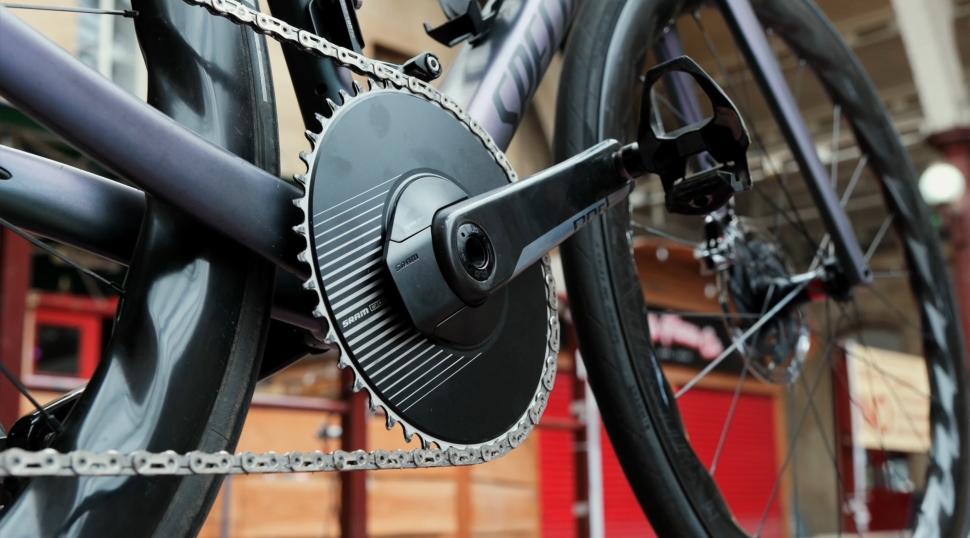

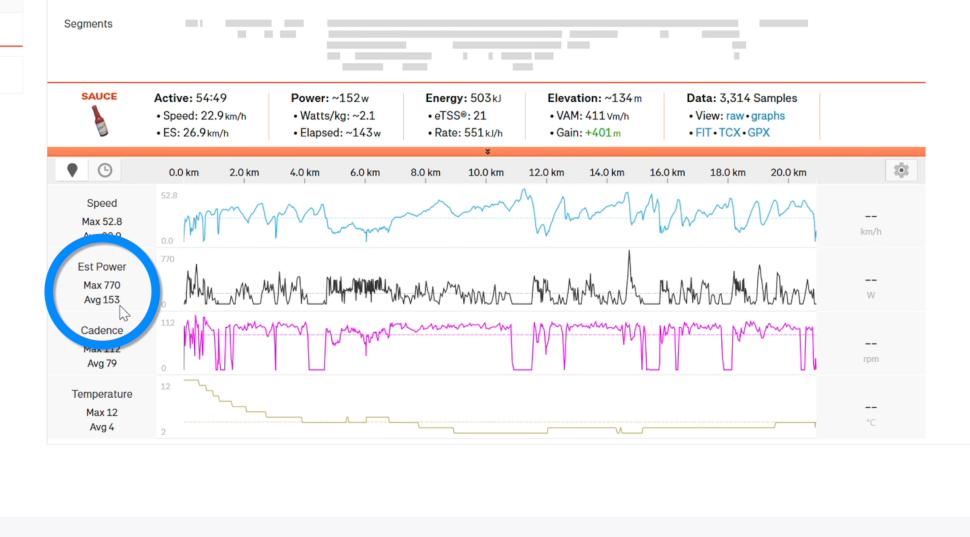
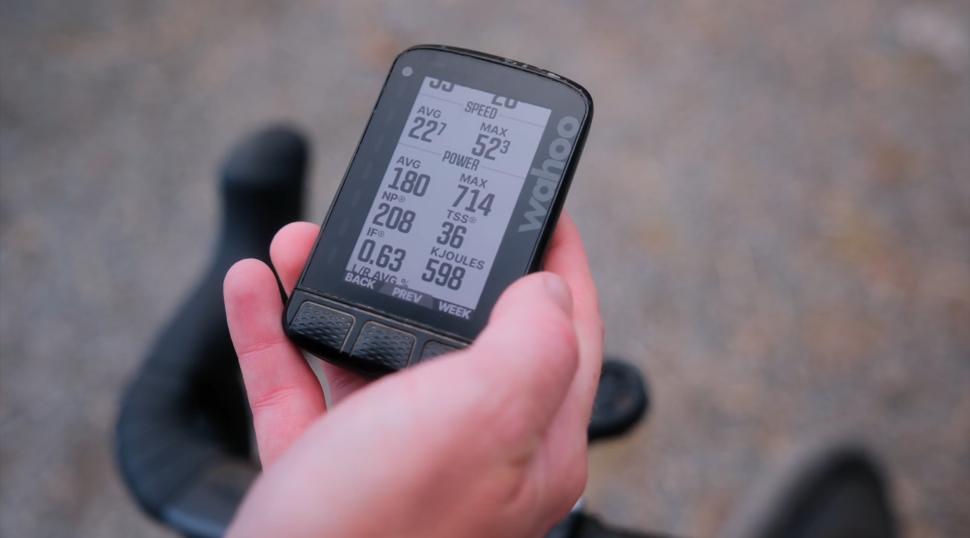
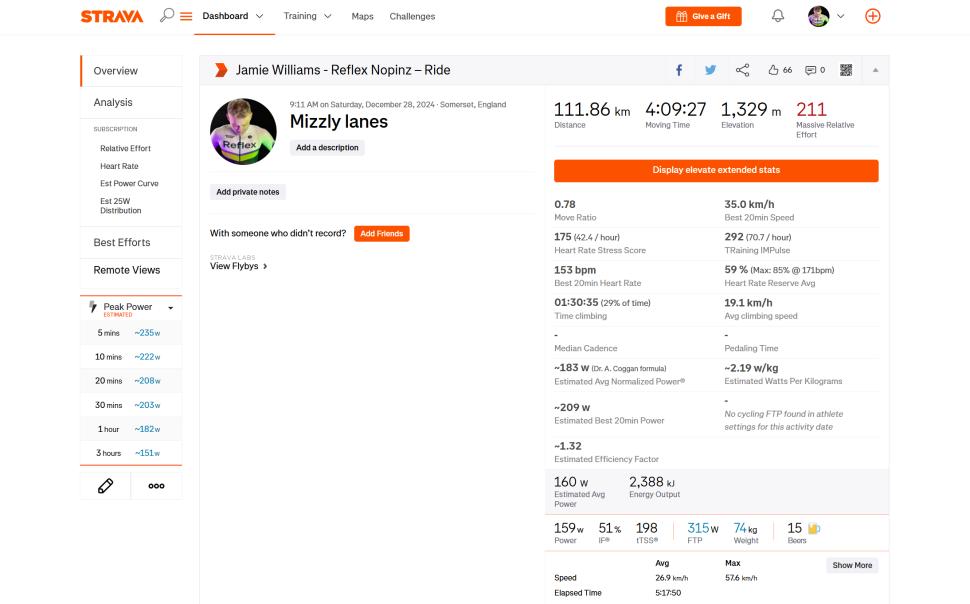

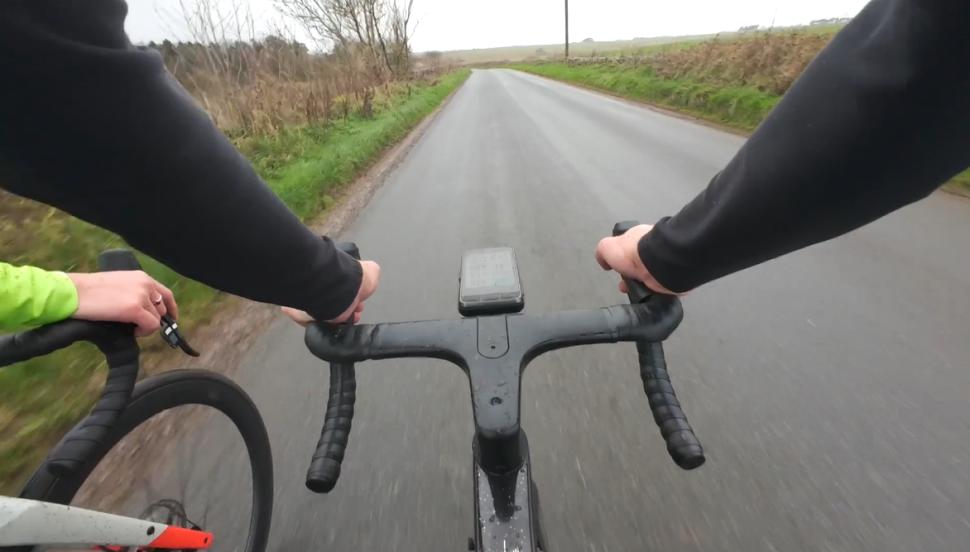
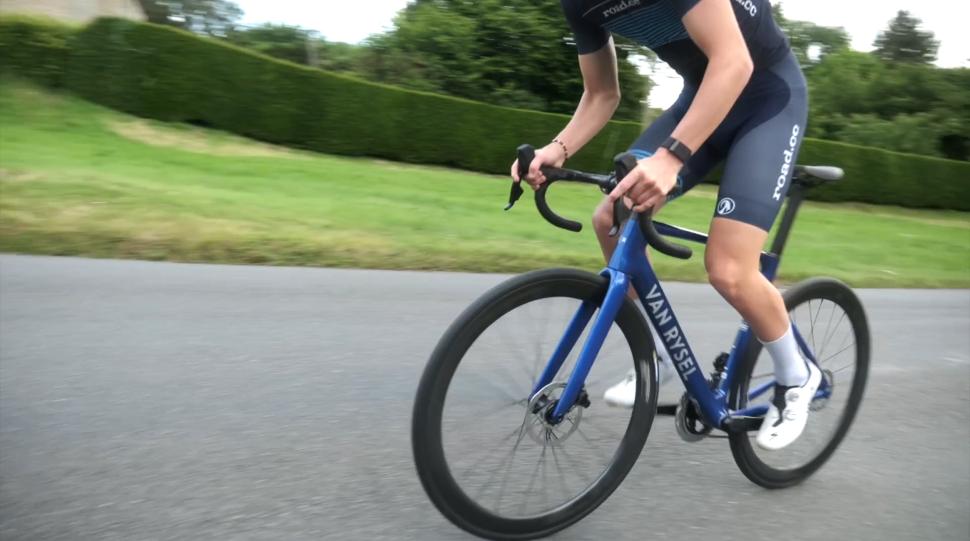
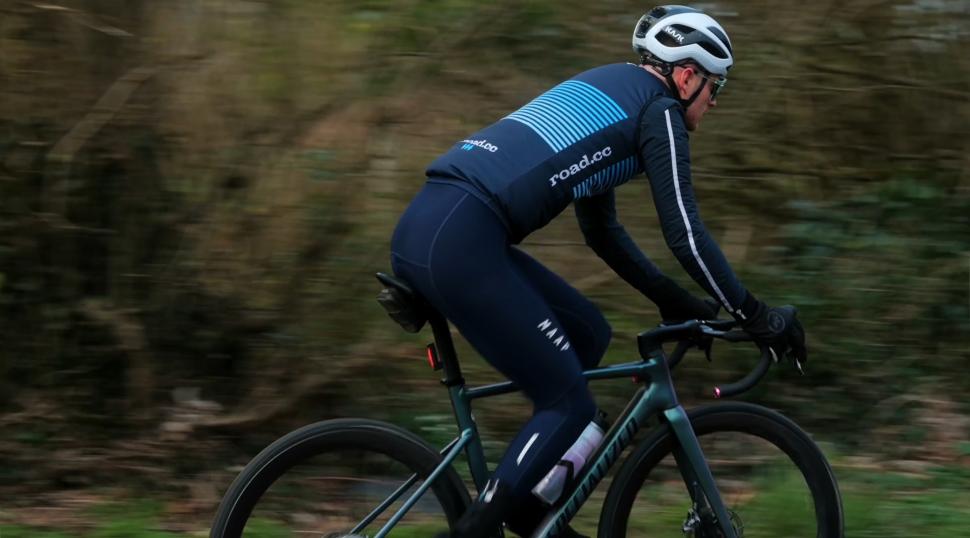
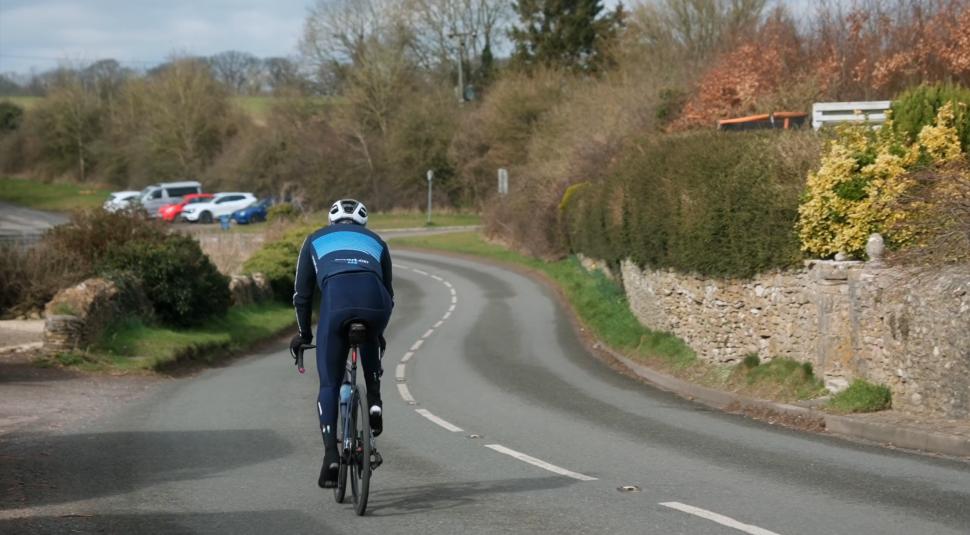
Add new comment
13 comments
Yes, but they're all drafting behind me...
I would like to know how Strava comes up with its average power when I AM using a power meter.
I rode today, average power according to my garmin 220w What does Strava say? 189w why? Seriously WTF? How can you do an article on Strava a accuracy on estimated power when even with a power meter they still can't get it right?
Are you sure one isn't showing weighted average/normalized power and the other just average power? Sounds about the sort of discrepancy one gets between those metrics.
No, it's not. I can look at Garmin, I can look at what Garmin says on tbe Garmin app along side weighted average. And I can see what Strava says and it's always lower,
Allegedly a major culprit for the discrepancy is that when the occasional power reading gets dropped, Garmin applies an algorithm based on cadence etc. to make an educated guess as to the power that was sustained during the drop, while Strava just counts power as zero during any drops. I can't confirm this directly, but it would seem to make some sense out of the disparity (which for me is usually five to ten watts, although I have had a ride or two with a 20 or 30 watt disparity).
Something I have noticed is that Strava often calculates a longer moving time than Garmin (especially on rides with more stops and starts, presumably because Strava starts counting time before Garmin's speed threshold is crossed for officially restarting after a pause*), but the same distance ridden, which would help explain why Strava's average speed calculation is often lower than Garmin's, and could potentially be related to the power disparity as well (if, for example, when you coast slowly to a stop at a light, Garmin keeps recording data but pauses calculations below some speed threshold while Strava keeps penalizing you until you come to a complete halt).
* I assume what's happening before the official restart is that Garmin is still recording the data but then excludes that data from its calculations; meanwhile Strava has access to the data in the export file to use as it sees fit.
That's a possibility. But if that were the case, it wouldn't explain how I still get it on Zwift where Garmin wasn't even in play. The power from the trainer still gets reduced by Strava. I never trust Strava power.
I can't even blame the power meter. One bike has a Stages duel sided PM and the other has a SRAM/Quarq PM, same story. Strava always reads low.
Yeah, I know what you mean. You'd expect actual power data to simply transfer over to Strava given that it was collected on the actual ride using an actual power meter.
Max power for Saturday's ride is identical across Garmin & Strava, there's a 38w difference in Garmin's favour for Avg, and a 22w difference in Garmin's favour for Weighted Avg.
I use Assioma Shi as my PM.
Pretty accurate for long up hill sgments, I guess less variables to muck up the calculations
But wouldn't you basically get the same information just by comparing the times it took you to ride it?
I was curious, so I plotted a bit over a week of my work commutes, just the ones where I went straight between work and home, and used the same bike, a steel gravel/all-road bike with a rando bag on the front. Other than the first and fourth morning commutes, it seems to be essentially linear with power versus speed. This will be the exact same route, exact same elevation gain. I'm generally slower on my afternoon commutes because there's more elevation gain.
The actual difference in speed on these is more due to the wind than my power output. I put out a pretty steady, sustainable effort on my commutes.
But have you taken account of the Law of Sod, which dictates that the wind that's in your face in the morning will have turned round 180° to be blowing in your face in the afternoon as well?
the Law of Sod, which dictates that the wind that's in your face in the morning will have turned round 180° to be blowing in your face in the afternoon
Too right- in the summer of 79, I battled up from Bergen to the North Cape and below is the final approach. 30 miles from Honningsvag port (I didn't know until this minute that there's now a tunnel to the island!), if I remember right (but only 41km according to Komoot), with a strong northerly headwind all the way. I camped on the top of the cliffs near the 'official buildings'- I expect that's forbidden now. There was a flag in those days, but I can't see one on the photos now. I got up in the morning with foreboding, and I was right- the flag had moved 180 degrees and it was a headwind all the way back. The consolation was that it was light all the time and as I cycled south by the side of the fjord back on the mainland a Lapp saw me and invited me to stay the 'night' in his wooden hut.
PS I don't think I knew then that the cape of the next peninsula west is farther north
Thanks for this, that's really interesting to know. As someone who doesn't exactly train for anything specific, just likes riding a bike reasonably fast, I only want a ballpark figure to see where I am in comparison to the past and to set broad targets for the future, so it's great to know that Strava is accurate enough for that, I've always wondered if I could take their figures seriously.